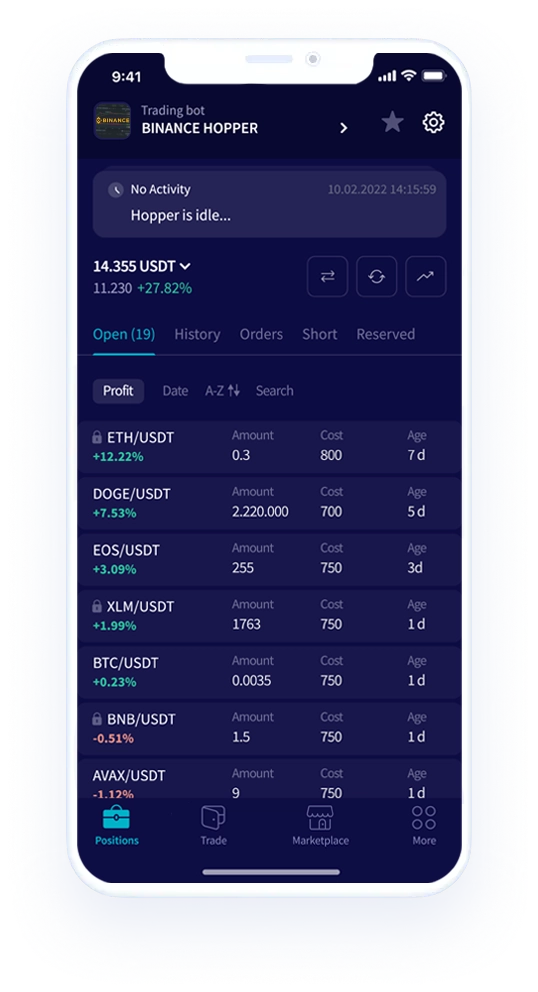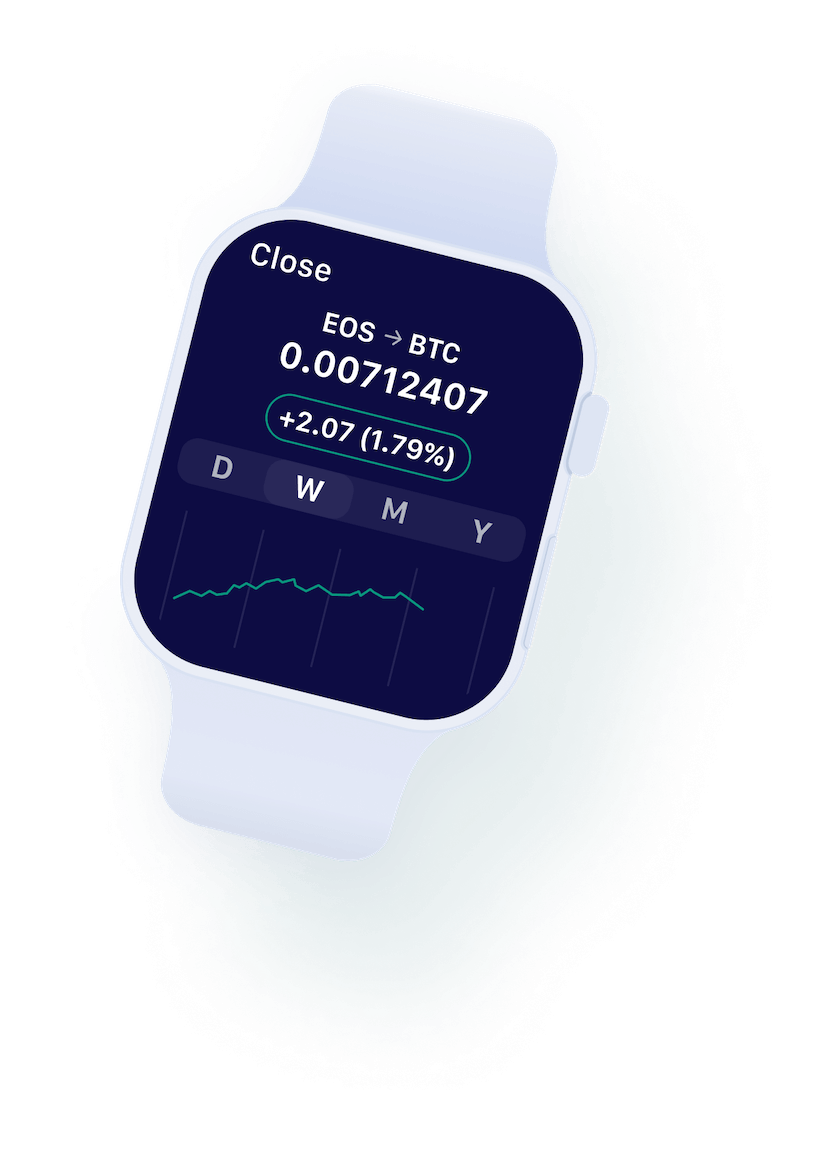
Cohort behaviour reveals that 3–6 month holders realised $189 million in daily profits on average, accounting for nearly 80 percent of all short-term holder selling during the rebound. This profit-taking has acted as a near-term headwind, yet overall market structure remains constructive. Total crypto market capitalisation rose 4.8 percent this week to $3.97 trillion, reflecting a cautious but persistent accumulation bias. While volatility persists, both BTC and the broader market appear to be stabilising, with conditions aligning for a recovery phase once resistance levels are cleared.
US economic conditions are increasingly defined by a delicate balance between stubborn inflation, weakening labour markets, and resilient—yet fragile—consumer behaviour. August’s Consumer Price Index showed the sharpest increase since January, with broad-based gains in housing, food, and energy costs, much of it driven by tariffs and supply disruptions. At the same time, the labour market has softened considerably, with jobless claims climbing to their highest level since 2021 and payroll revisions revealing that employment growth was overstated by nearly a million jobs.

Meanwhile, the digital asset sector is seeing rapid shifts across exchanges, regulators, and corporates. In the US, Cboe plans to launch “ Continuous Futures” for Bitcoin and Ether this November, offering long-term exposure within a regulated framework. Hong Kong, meanwhile, is proposing to ease capital rules for banks holding compliant digital assets, aiming to attract institutions while keeping strict buffers for riskier tokens. On the corporate front, Cyprus-based Robin Energy completed a $5 million Bitcoin allocation, briefly sending its stock up more than 90 percent. Together, these moves highlight how crypto is becoming more embedded in global finance, through regulated markets, evolving policy, and corporate adoption.
The post appeared first on Bitfinex blog.

